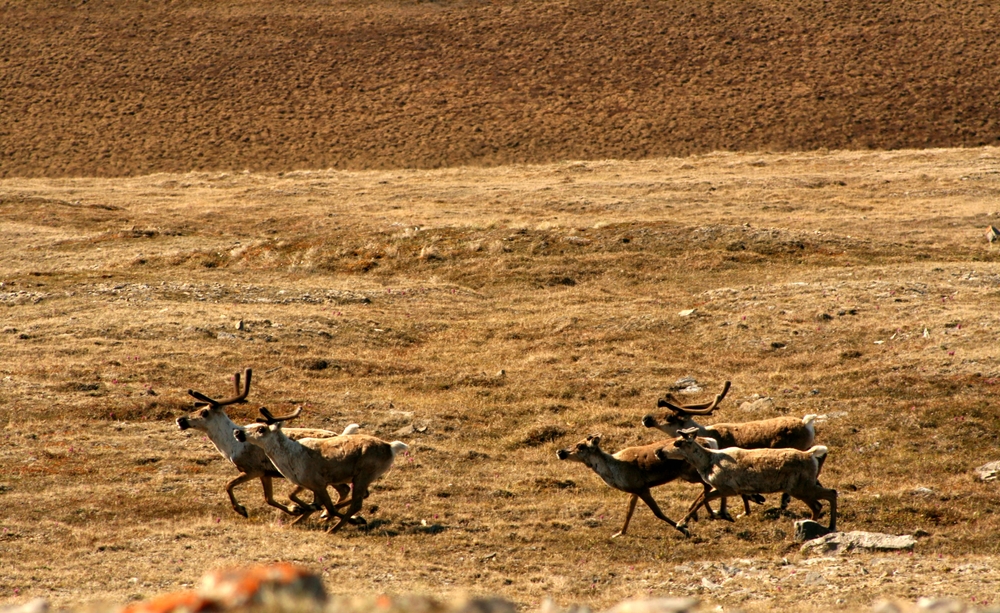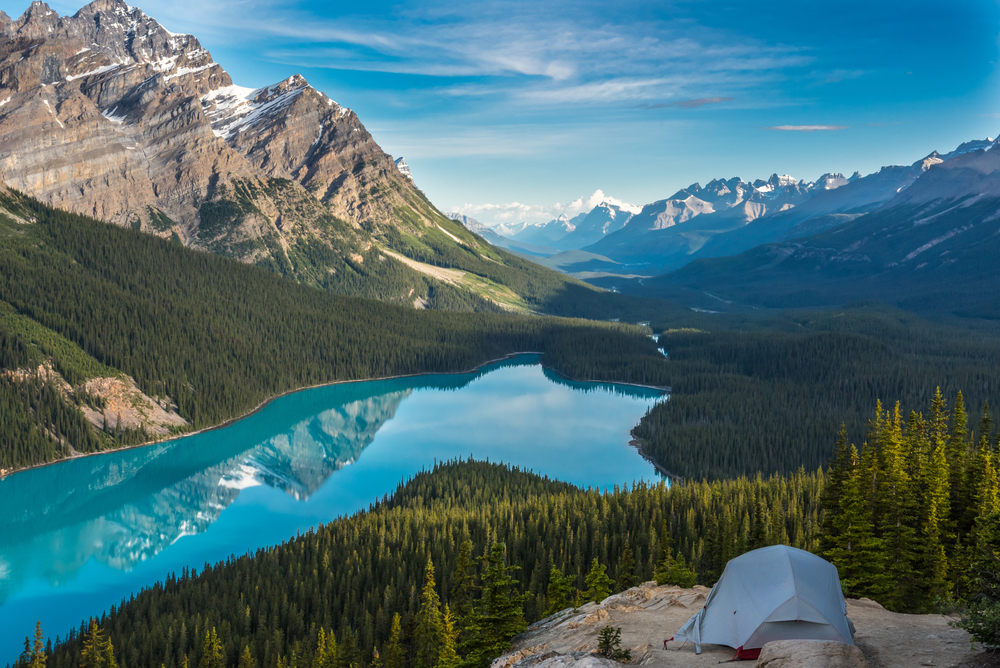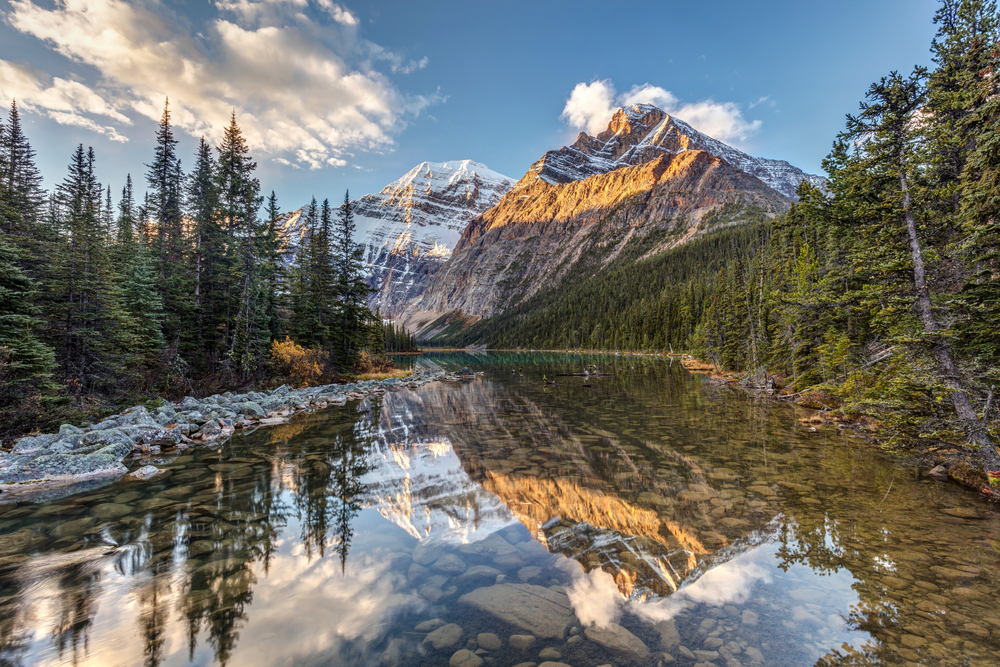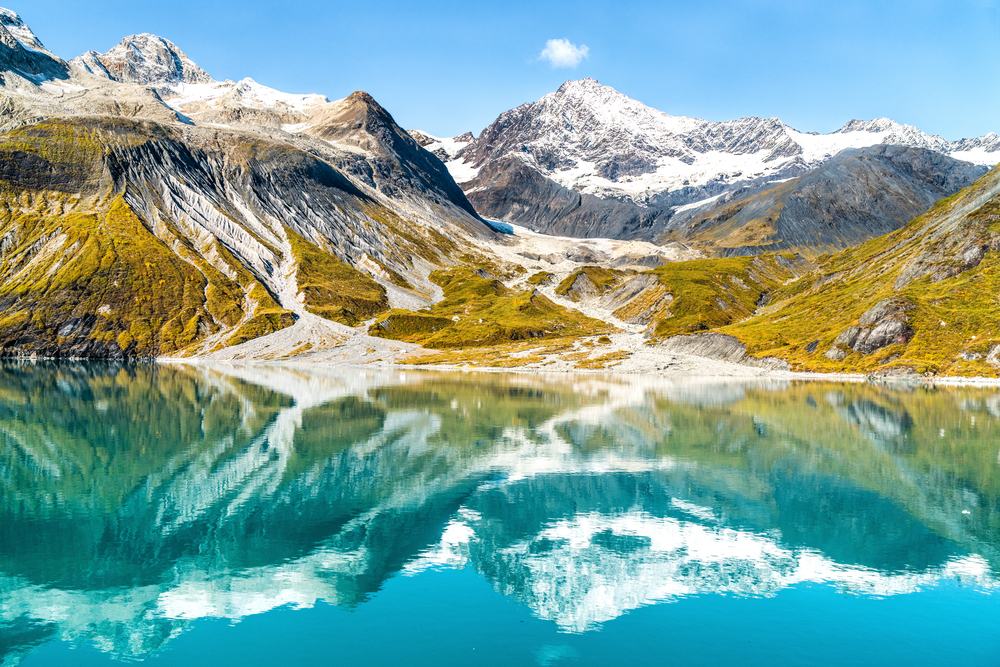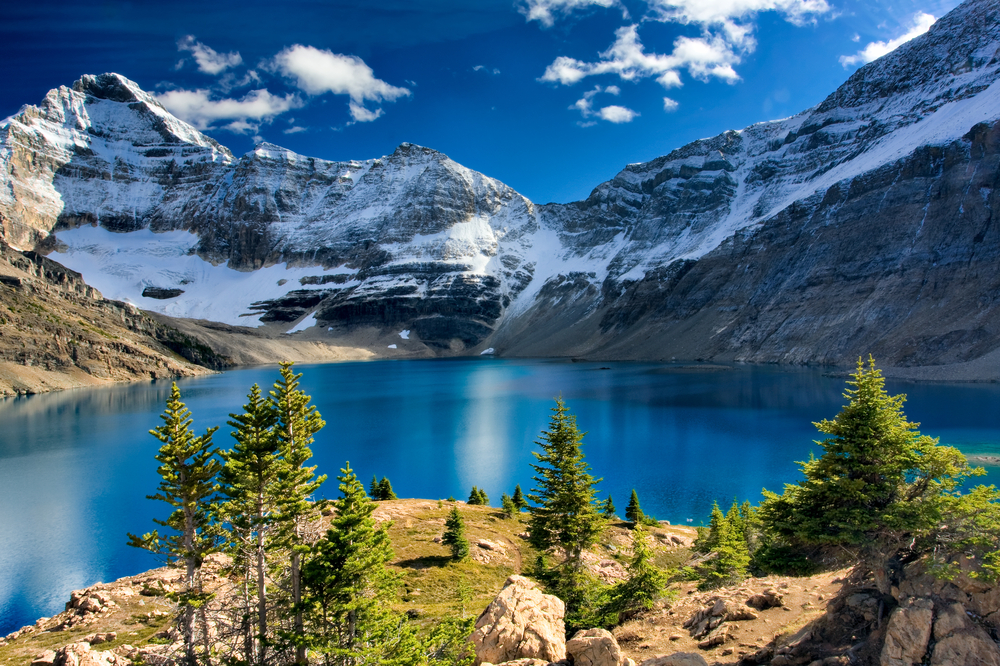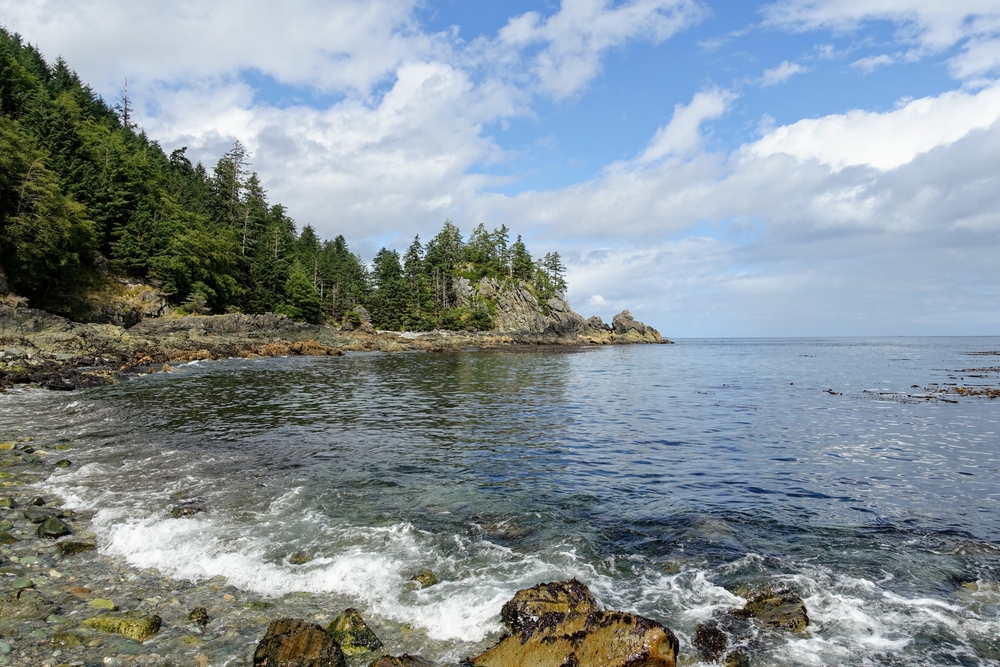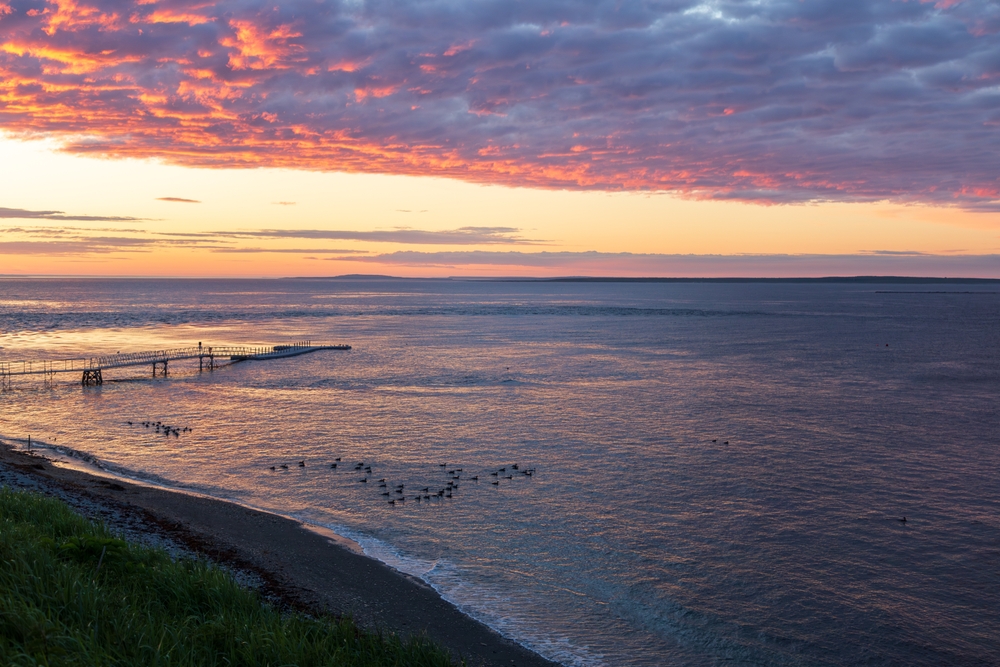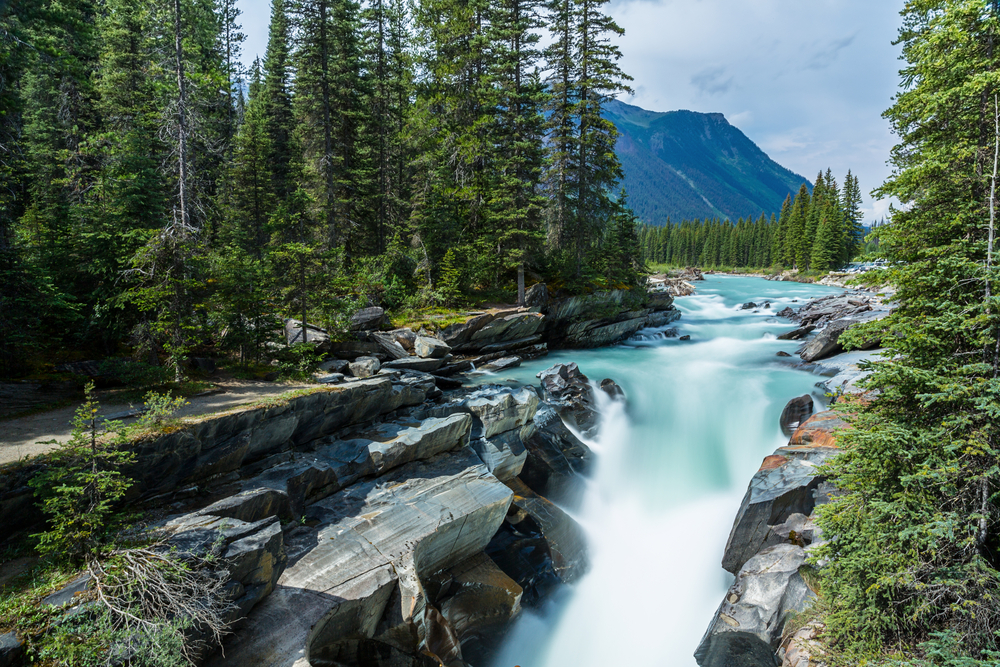Ivvavik Overview
Ivvavik National Park, meaning “a place for giving birth” in the Inuvialuktun language, is a remote and pristine wilderness located in the northern Yukon, Canada.
Covering approximately 3,837 square miles (9,750 square kilometers), the park is a vast and rugged landscape that stretches from the rolling tundra of the British Mountains to the meandering Firth River. It is one of Canada’s least-visited national parks due to its remote location, offering a unique opportunity for solitude and an untouched Arctic experience.
Established in 1984, it was the first national park in Canada created through an Indigenous land claim agreement, recognizing the cultural and ecological importance of the region to the Inuvialuit people.
The park’s terrain is shaped by ancient geological forces, featuring mountains, plateaus, and expansive river valleys. The British Mountains dominate the landscape with jagged peaks and rolling foothills covered in a mix of Arctic tundra vegetation, including dwarf birch, willows, and patches of colorful wildflowers during the short summer season.
The Firth River, one of the park’s most significant features, carves through the rugged terrain, creating deep canyons and providing an essential waterway for wildlife. The tundra landscape transforms throughout the seasons, from snow-covered expanses in the long winter months to vibrant greens and reds in the brief but intense summer.
Ivvavik is home to a remarkable array of wildlife adapted to the harsh Arctic conditions. One of the park’s most iconic inhabitants is the Porcupine caribou herd, which migrates through the region to calve on the coastal plain. The herd is a critical food source for local Indigenous communities and plays a vital role in the ecosystem. Other large mammals found in the park include grizzly bears, wolves, and muskoxen, all of which roam the tundra and river valleys.
Smaller mammals such as Arctic foxes and lemmings also thrive in this environment. Birdwatchers will find the park a haven for Arctic bird species, including golden eagles, peregrine falcons, and the long-tailed jaeger. During the summer, migratory birds such as tundra swans and snow geese arrive to nest, taking advantage of the park’s rich wetland habitats.
The park offers a range of experiences for those willing to make the journey into its remote wilderness. Whitewater rafting on the Firth River is a popular activity, providing both thrilling rapids and unparalleled access to the park’s breathtaking scenery. Guided trips led by Parks Canada and Indigenous guides offer visitors a chance to experience the park’s landscapes while learning about Inuvialuit culture and history.
Hiking opportunities are plentiful, with routes winding through the tundra and river valleys, offering dramatic vistas of the surrounding mountains. Wildlife viewing is another highlight, with the chance to see caribou, bears, and a variety of Arctic bird species in their natural habitat. Due to its isolation, the park sees few visitors, making it an ideal destination for those seeking true wilderness adventure.
Conservation is a key priority for Ivvavik National Park, as it plays a vital role in protecting both the natural ecosystem and the traditional way of life of the Inuvialuit people. The park is managed cooperatively between Parks Canada and the Inuvialuit, ensuring that conservation efforts respect both ecological integrity and Indigenous cultural traditions.
Climate change poses a significant challenge, with rising temperatures affecting permafrost stability, vegetation patterns, and wildlife migration routes. However, the partnership between Indigenous groups and conservation authorities has been a success in maintaining the park’s pristine environment while allowing for sustainable cultural and recreational use.








































































